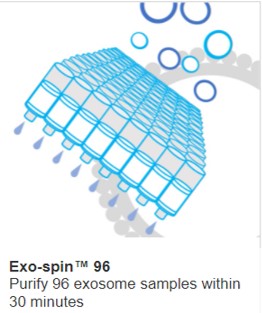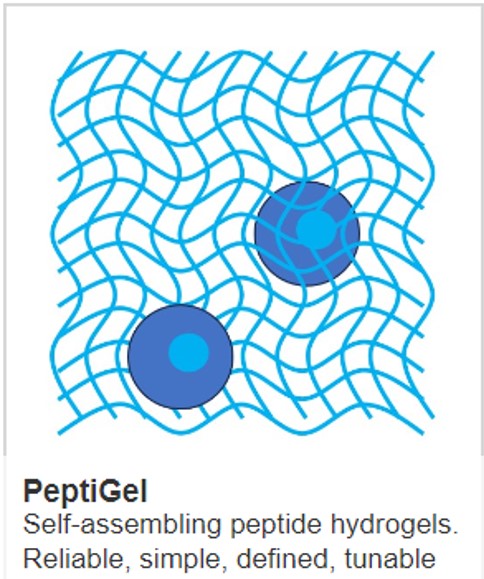Are exosomes effective in cosmetics?

The skincare world is always chasing the next breakthrough ingredient. Among the latest buzzwords are exosomes, tiny vesicles that cells use to communicate. In cosmetics, these nanoscale messengers are being promoted for skin rejuvenation, repair, and anti-aging benefits. But how robust is the evidence supporting their effectiveness? Where do these cosmetic exosomes come from? And how large is the market for exosome-infused products?
What Evidence Supports the Cosmetic Use of Exosomes?
Scientific interest in exosomes spans from cancer biology to regenerative medicine. In the cosmetics industry, researchers are investigating whether exosomes can be used safely and effectively to enhance skin health.
A 2023 review highlights the therapeutic potential of exosomes for skincare, tissue regeneration, wound healing, pigmentation correction, and improved skin hydration.
Another review in 2025 emphasizes the lack of robust clinical validation despite promising biological mechanisms
A comprehensive survey in JDD Online examined 56 studies and found no FDA-approved exosome products for cosmetic use
Anecdotally, many exosome products claim dramatic effects. For example, one serum promises a 300% collagen boost and 63% increase in repair within 8 hours, though these statistics are unverified by independent studies
Meanwhile, industry commentary is mixed. Some experts call exosomes "life-changing," but others warn that the field is under-regulated, and sourcing transparency is inconsistent
Where Do Cosmetic Exosomes Come From?
One of the most debated issues is sourcing. Exosomes are secreted into biological fluids. The origin of exosomes in cosmetic products typically falls into four categories:
-
Plant-derived exosomes come from green tea, grapes, and other botanicals. These offer antioxidant benefits and are widely used in vegan or cruelty-free products
-
Human-derived exosomes are extracted from mesenchymal stem cells or biological fluids such as blood. These may be more biologically active but raise regulatory and ethical concerns. For example, it is not possible to separate viruses from exosomes during manufacture. Some clinics in the UK have been reported for using banned human-derived exosomes (The Guardian, 2025).
- Animal-derived exosomes exist, such as salmon testis-derived, though they are less publicly discussed. Information is scarce and often proprietary.
- Synthetic exosome mimics are being developed for controlled drug delivery. These are not yet widely adopted in consumer cosmetics
As some dermatologists point out, consumers cannot easily verify the origin of exosomes in products
Market Size and Growth
The exosome skincare market is growing rapidly as brands pursue regenerative and anti-aging solutions.
-
A 2024 Market.us report values the global market at USD 260 million, projecting USD 633 million by 2033, with a 9.3% CAGR
-
Coherent Market Insights estimates a jump from USD 418 million in 2025 to USD 810 million by 2032, with human-derived exosomes alone reaching USD 149 million in 2025
-
Some analysts project even steeper growth, with Verified Market Reports estimating USD 1.5 billion in 2024 expanding to USD 3.8 billion by 2033
-
In 2024, over 5.2 million exosome-enriched products were sold worldwide, representing a 27% increase year-over-year
Growth is fueled by rising consumer demand for skin rejuvenation and stem-cell-inspired treatments. But regulation and clinical support remain behind the marketing hype.
IMAGE Exosomes in cosmetics CREDIT Bigstock



